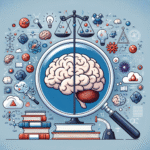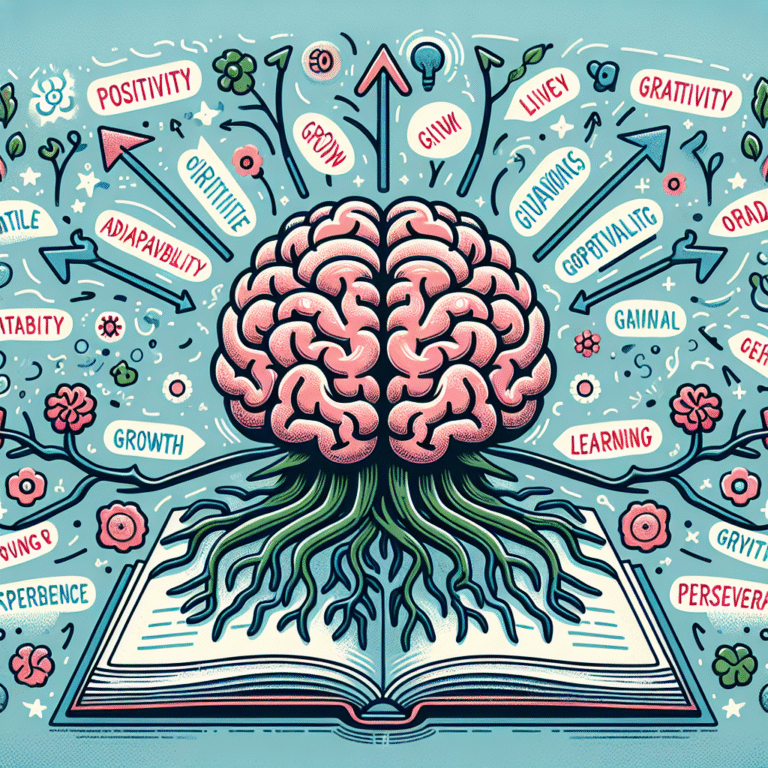
Introduction
Imagine a classroom where every decision, from curriculum design to individual student interventions, is informed by real-time data. This isn’t a distant dream—it’s the reality for many educational institutions today. Data-Driven Decisions: How Educational Measurement Shapes Student Outcomes is transforming the educational landscape, enabling educators to make decisions that enhance learning experiences and improve student outcomes. As we venture into this comprehensive discussion, we’ll unpack how data measurement shapes educational strategies and fosters a more personalized learning environment.
Understanding Data-Driven Decisions in Education
What Are Data-Driven Decisions?
At its core, data-driven decision-making refers to the process of collecting, analyzing, and using data to inform educational practices. This approach empowers educators to identify gaps in student understanding, assess the effectiveness of instructional strategies, and tailor learning experiences to meet diverse student needs.
The Role of Educational Measurement
Educational measurement encompasses various tools and assessments that collect data on student performance. This includes standardized tests, formative assessments, and diagnostic tools. By understanding how and when to use these measurements effectively, educators can harness data to drive meaningful change in their classrooms.
The Importance of Data-Driven Decisions
Enhancing Educational Outcomes
Data-driven decisions have shown an impressive ability to enhance educational outcomes. A report from the Bill & Melinda Gates Foundation revealed that schools that adopted data systems significantly improved student achievement compared to those that did not. These systems offer insights into student performance, allowing for timely interventions.
Personalized Learning Experiences
One major advantage of applying Data-Driven Decisions: How Educational Measurement Shapes Student Outcomes is the promotion of personalized learning. Schools leveraging data can provide tailored content based on student performance, ensuring that each student progresses at their own pace. This is particularly vital for addressing the needs of students with varying learning styles and abilities.
Real-World Applications: Case Studies
Case Study 1: The Success of Data-Driven Schools in Chicago
In Chicago, several public schools adopted a data-driven approach to analyze students’ test scores and classroom assessments. By conducting monthly reviews of student data, educators were able to identify trends and adjust instructional strategies accordingly. As a result, these schools reported a 15% increase in overall student performance within just one academic year.
Analysis: This case illustrates how consistent monitoring and adjusting based on data can lead to significant performance improvements. The iterative process of evaluating data allows educators to pivot their strategies effectively.
Case Study 2: Georgia’s Reading Intervention Program
The state of Georgia initiated a reading intervention program in elementary schools that integrated data-driven methodologies. Teachers received training on how to use progress monitoring tools effectively. The results were staggering: participating students improved their reading levels by an average of two grade levels within six months.
Analysis: Emphasizing teacher training in data interpretation is crucial. This case highlights the importance of equipping educators with the necessary skills to leverage data efficiently, leading to substantial student gains.
Data Tools for Educators
Types of Educational Measurements
Here are some common types of educational measurements available to schools today:
| Type of Measurement | Description |
|---|---|
| Standardized Tests | Assessments administered and scored in a consistent manner to compare student performance. |
| Formative Assessments | Ongoing assessments that provide immediate feedback on student learning throughout the year. |
| Summative Assessments | Evaluations conducted at the end of an instructional period to determine student achievement. |
| Diagnostic Assessments | Tools used to identify students’ strengths and weaknesses before instruction begins. |
Tools and Technologies for Data Management
Various platforms have emerged that enable educational institutions to collect and analyze data effectively. Tools like Tableau for data visualization, Google Classroom for performance tracking, and Learning Management Systems (LMS) like Canvas and Schoology play a significant role in facilitating data-driven decisions.
Leading Change: Implementing Data-Driven Strategies
Building a Data Culture
Institutions must foster a culture that embraces data use. This involves:
- Training Educators: Offering workshops and training sessions on data literacy.
- Encouraging Collaboration: Promoting collaboration among teachers to share insights and strategies derived from data.
- Setting Clear Goals: Ensuring that data aligns with specific educational goals.
Challenges in Data-Driven Decisions
Despite the potential benefits, challenges can impede the successful implementation of data-driven strategies:
- Data Overload: With vast amounts of data available, educators may feel overwhelmed and struggle to pinpoint valuable insights.
- Lack of Time for Analysis: Many teachers are pressed for time and may prioritize instruction over data analysis, limiting the potential for informed decisions.
- Privacy Concerns: Safeguarding student data while still utilizing it for educational improvement remains a critical matter.
Conclusion: The Future of Education is Data-Driven
In an era where technology and data reign supreme, embracing Data-Driven Decisions: How Educational Measurement Shapes Student Outcomes is not just a luxury—it’s a necessity. As we continue leveraging data in meaningful ways, we pave the way for a future where every student has the opportunity to achieve their fullest potential. The call to action is clear: educators must become proficient in interpreting and utilizing data to foster vibrant, effective learning environments.
Frequently Asked Questions
1. What is the primary benefit of data-driven decisions in education?
The primary benefit is the ability to make informed decisions that directly enhance student outcomes, tailoring educational approaches to individual student needs.
2. How can schools implement a data-driven culture?
Schools can implement this culture by providing professional development for teachers, encouraging collaboration, and integrating data analysis into regular practice.
3. What types of data should educators focus on for improving student outcomes?
Educators should focus on academic performance data, behavioral data, and engagement metrics to gain a holistic understanding of student needs.
4. How can data be effectively communicated to stakeholders?
Data can be effectively communicated through visualizations, clear reports, and presentations that highlight key insights and actionable recommendations.
5. What are the ethical considerations when collecting student data?
Schools must prioritize student privacy, ensuring that data is collected legally and used responsibly, with consent from parents and guardians where necessary.
In conclusion, Data-Driven Decisions: How Educational Measurement Shapes Student Outcomes is a pivotal aspect of modern education. Embrace this shift, harness the power of data, and be the catalyst for transformative change in educational experiences.















